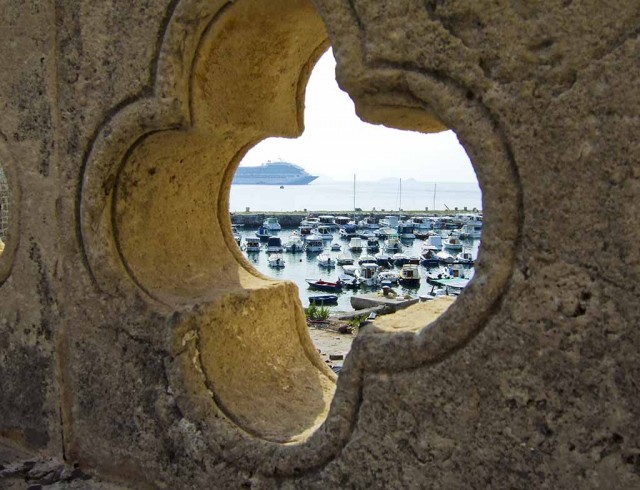
The marble streets of Dubrovnik have been polished to a gleaming smoothness by the millions of feet that have walked over them.
And on a typical morning in tourist season, it can seem like all those millions are still here, as a number of cruise ships and uncountable bus tours disgorge their eager visitors into the stunning high-walled city.
The port on the Adriatic Sea, that was off the tourist map during the Communist era and crippled in the 1990s by the war and its aftermath, has certainly made a rebound in welcoming travelers. Little wonder, because the intact Renaissance city built of sturdy marble is a treasure meant to be appreciated for its beauty.

I’ve arrived aboard Holland America Line’s Eurodam and most of the 2,000 guests are making the city their prime focus. But I’ve been here four times before and after paying my homage with an early morning stroll through the beautiful walled city, I’ve joined a small group going on one of Holland America’s Encore Collection tours. They’re unique specialty shore excursions for guests who, like me, have visited here before and are looking for a new experience away from the crowds.
In a group of about two dozen, we’re headed for the Konavale valley, a region of vineyards and small farms that’s a complete contrast to the bustle of the city.
The highway along the coast rises higher and higher along the cliffs of the marble mountains that provided the material for all the buildings in Dubrovnik and then into the countryside. Within 15 minutes, traffic all but disappears on the road. As soon as the bus passes Dubrovnik airport, the smooth pavement becomes a washboard of patched asphalt that eventually ends at the border of Bosnia.
“The road from here is considered “the end of Croatia” and nobody cares to fix the road, so it is very bumpy,” apologizes our guide Elena. It doesn’t help that in the winter the valley often floods, which is the reason all the homes are built up on the hillsides. That makes the scenery particularly idyllic, with the vineyards and farm plots bordered with slender, soaring cypress trees.
The trees are planted in pairs, Elena explained, by couples on their wedding day to signify their growing love. We can only hope those relationships have grown as well as the thousands of trees that frame the hills.

Another half hour later, near a peak called Snow Mountain — the only place where snow sticks to the ground in the winter in this warm Mediterranean climate — we turn down a winding trail to the Restaurant Konavoski Dvori, roughly the Castle of Konavale.
It’s got an old mill whose ancient moss-covered wooden mill wheels are turned by the rushing waters that gush to the surface here with amazing speed from an underground spring. They’ve built ponds along the rocky stream bed here to farm fish.
But the specialty is succulent veal, slow-cooked in a traditional way in iron pans that are set on a bed of burning charcoal that is then mounded up over the lid of the pan to let the meat simmer.
While that’s happening, we’re served a soup of fresh vegetables and a salad of greens grown in their garden, along with home made bread and carafes of the region’s remarkably good white and red wines.
Full credit to Holland America for finding an idyllic getaway like this in high season in the very touristy coast of Croatia.
This afternoon’s drive through the valley is completely different than Dubrovnik or its coastal resort beaches. There are no signs, no stores–just a view of life in old Croatia.
If you can arrange a visit, it’s well worth the trip on your next visit to Dubrovnik.

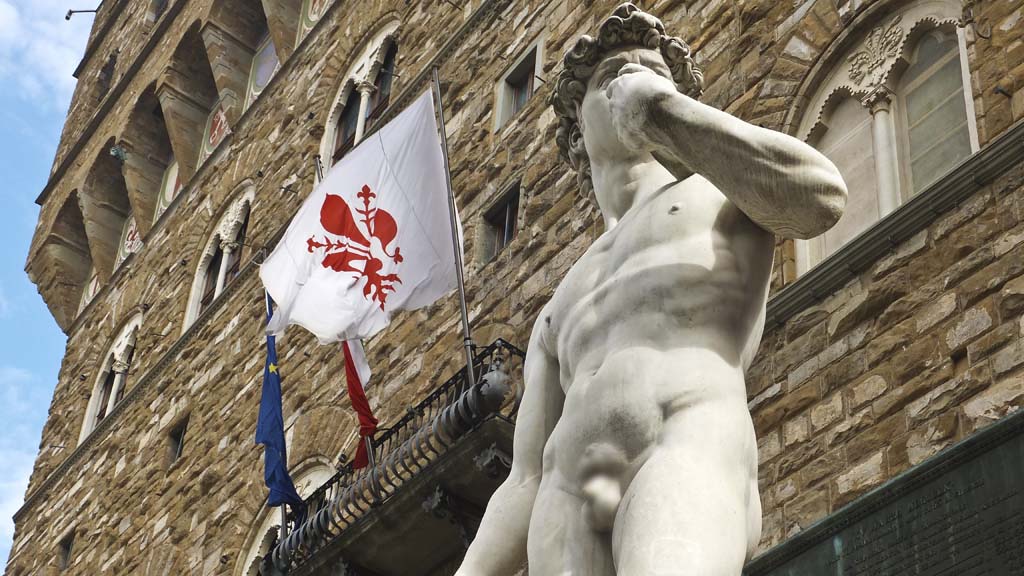
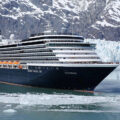
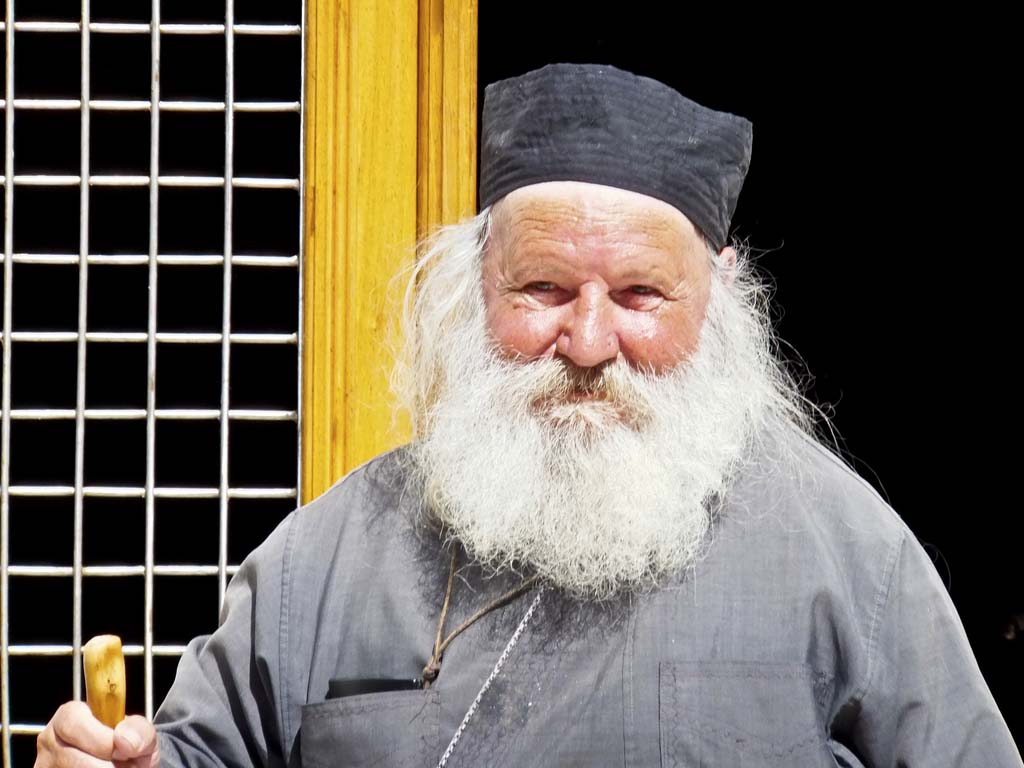
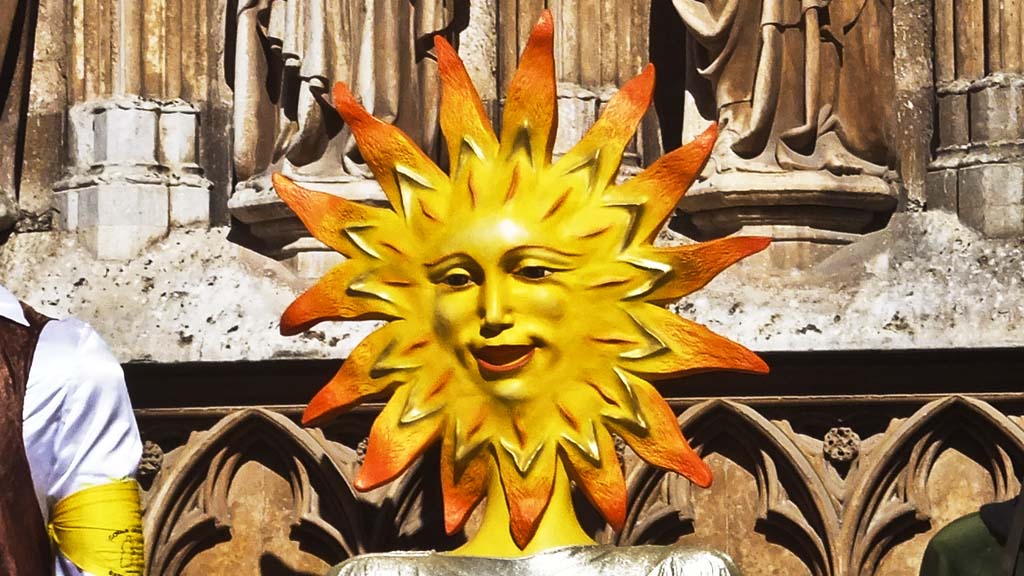
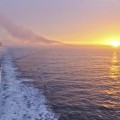
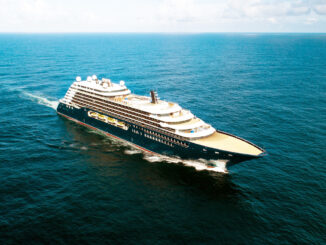
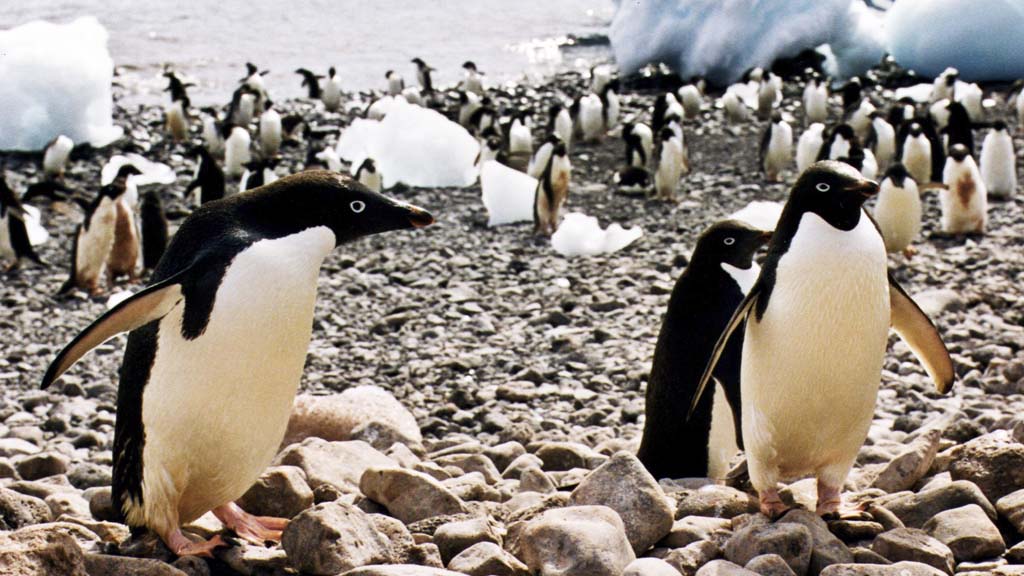
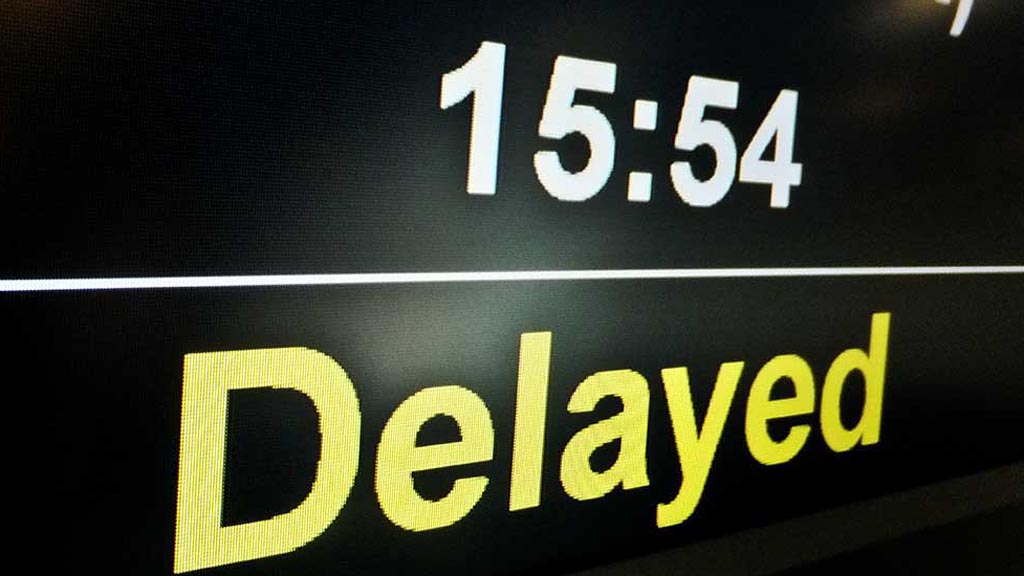
‘Cyprus trees?’ I think you mean ‘cypress trees.’
Thanks for your eagle eye. It’s been corrected